 |
| Fort Number 8 | Gould Memorial Library | Hall Of Fame | Breuer Buildings |
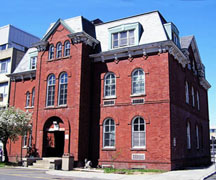 |
 |
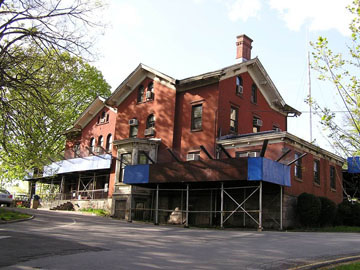 |
Pre-Civil War Buildings Bronx Community College occupies NYU’s former University Heights campus, a 47-acre parcel of land that at one time comprised three country estates. Remnants of each of these estates survive in Butler Hall, South Hall and MacCraken Hall (Jones 427).
Present day Butler Hall was constructed in 1857 as the home of Henri Mali, the former Belgian Consul-General in New York after the Civil War. The Mali house was constructed of bricks and sat on an estate of 40 acres on Fordham Heights. NYU’s purchase of the estate in parcels between 1892 and 1893 formed the basis of its move up to the re-christened “University Heights.” The Mali house served as a dormitory during NYU’s early years (Jones 427) . Today it houses classrooms and offices.
In 1908, NYU purchased the land adjacent to its southern border, the estate of Gustav Schwab. In 1857, Schwab an agent of the North German Lloyd Steamship Company also erected a brick mansion on a bluff overlooking the Harlem River. This building, present day South Hall, also served NYU students as a dormitory. The Schwab estate contained a site of historical significance, the locale of Fort Number 8 (Jones 427). Bronx Community College uses the building for administrative offices.
MacCraken Hall rests on the site of the Loring Andrews estate. Andrews, a prosperous leather merchant, purchased this gray stone home in 1864. He is remembered in this area of the Bronx with two nearby streets: Loring Place and Andrews Avenue. From 1885 to 1894 this building served as the New York Skin and Cancer Hospital. From 1894 to 1924, it served as the home of Henry MacCraken the NYU chancellor who orchestrated the university’s move to University Heights (Jones 428).
Works CitedJones, Theodore Francis. New York University 1832 : 1932. New York: The New York University Press, 1933.
|
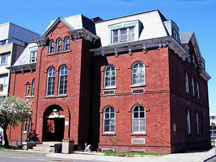 Butler Hall
Butler Hall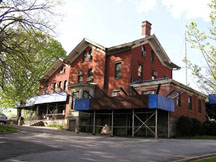 South Hall
South Hall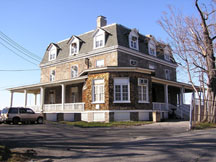 MacCraken Hall
MacCraken Hall